If you're dealing with knee pain, you're likely focusing on your legs—but the real fix might start much higher up. Poor posture and weak core stability can place unnecessary strain on your knees, worsening discomfort and slowing recovery. The good news? You can reduce knee pain and improve overall movement by retraining your posture and strengthening your core through simple, targeted resets.
This guide offers five actionable posture reset exercises designed specifically for people with knee pain. Each movement enhances core stability while promoting proper alignment—without putting pressure on your knees. Plus, we include clear progress checks so you can track improvements over time.
Your core—comprising your abdominal muscles, lower back, pelvis, and diaphragm—acts as your body’s central stabilizer. When it's weak or misaligned, your posture suffers, and your body compensates in ways that often overload your joints, especially your knees.
For example, slouching or anterior pelvic tilt (when your pelvis tilts forward) can shift your center of gravity, increasing pressure on the front of your knees during standing or walking. Strengthening your core helps realign your pelvis and spine, reducing strain and improving movement efficiency.
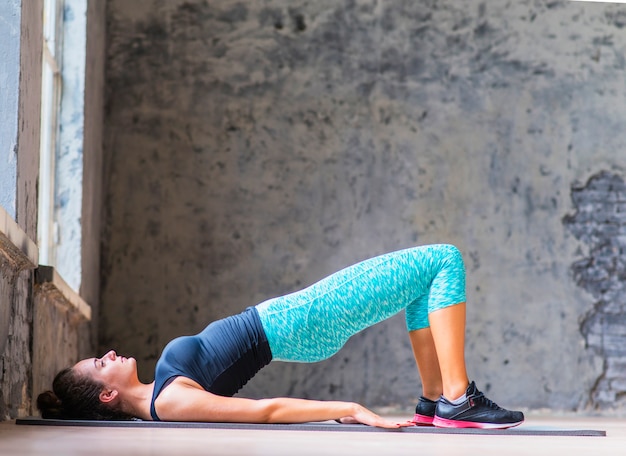
Proper breathing is the foundation of core stability. Shallow chest breathing limits engagement of the deep core muscles, including the transverse abdominis and pelvic floor.
How to do it:
Progress Check: After two weeks, notice if you can maintain this breathing pattern while sitting at your desk or standing. Improved breath control indicates better core engagement.
This gentle movement teaches pelvic control, a key factor in both posture and knee alignment.
How to do it:
Progress Check: After 10 days, perform the movement while sitting. If you can engage your core and tilt your pelvis without discomfort, you’re building neuromuscular control.
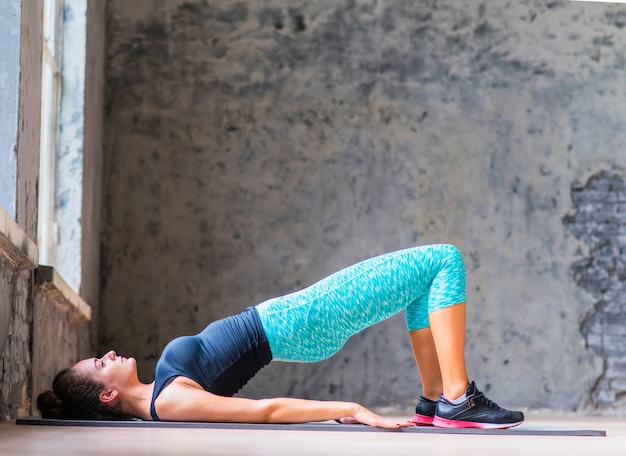
Daily habits like slouching or leaning on one leg can misalign your spine and hips, increasing knee stress.
How to do it:
Progress Check: After one week, try standing without the wall. Can you maintain the same alignment? Use a full-length mirror to assess improvements in posture.
This move strengthens the glutes and hamstrings while reinforcing core stability—without stressing the knees.
How to do it:
Progress Check: After two weeks, increase hold time to 5 seconds. If you feel stronger and more stable when standing up from a chair, your core and posterior chain are improving.
This low-impact exercise enhances coordination between your core and lower body—ideal for those with knee sensitivity.
How to do it:
Progress Check: After 14 days, notice if your balance improves when standing on one leg. Enhanced stability reflects better core control.
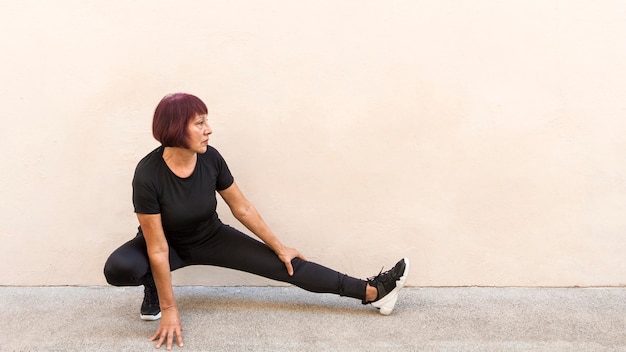
Consistency is key. Spend 10–15 minutes daily on these posture resets. Over 3–4 weeks, you should notice:
Remember: these exercises are low-impact and safe for most people with knee pain, but always listen to your body. If any movement causes sharp pain, stop and consult a qualified professional.
By resetting your posture and building core stability, you’re not just easing knee pain—you’re creating a stronger, more resilient body.

Wellness

Wellness

Wellness

Wellness
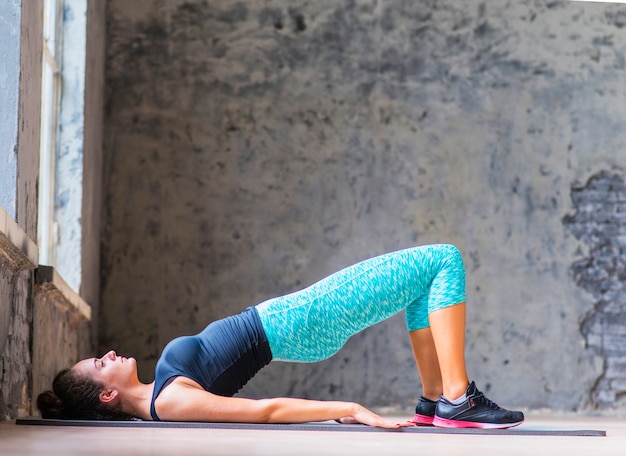
Fitness
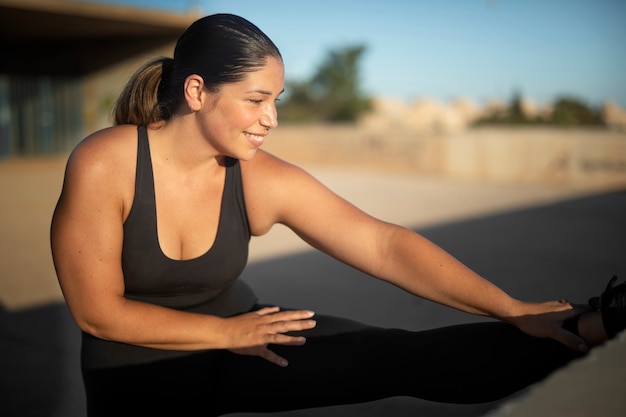
Fitness

Wellness

Fitness

Fitness
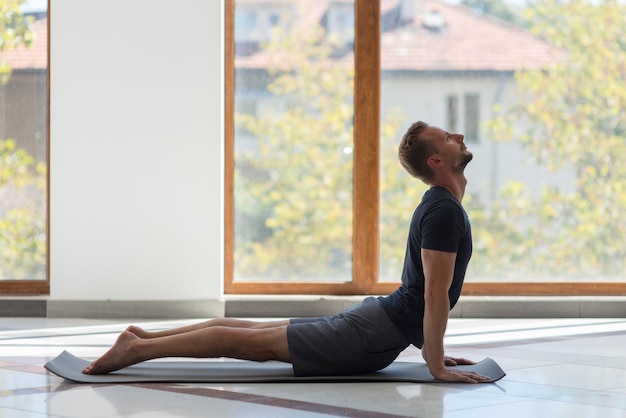
Wellness

Health

Wellness

Health

Fitness

Health

Health